Welcoming a newborn into the family is a joyous occasion, but it also brings new responsibilities, especially for mothers. One essential tool that can make the breastfeeding journey more manageable and successful is a breast pump.
This guide is designed to help both new mothers and their grandmothers make an informed decision when choosing a breast pump. Selecting the right one can significantly ease the process of breastfeeding and provide convenience for mothers.

Types of Breast Pumps
Breast pumps come in various types, each tailored to meet specific needs. It's vital to have a comprehensive understanding of these options to make an informed choice. The primary types include:
● Manual Breast Pump:
These pumps are a simple, portable, and budget-friendly option. They are ideal for mothers who plan to pump occasionally or require a pump that's easy to use on the go. Manual pumps rely on hand-operated suction, making them a quiet and discreet choice.
● Electric Single Pump:
Electric single breast pumps are powered by electricity or batteries, offering more efficiency compared to manual pumps. They are designed for mothers who need to pump more regularly, providing customizable settings to match their comfort and milk expression preferences. This type is a versatile choice for balancing convenience and performance.
● Electric Double Pump:
Efficiency is the hallmark of electric double breast pumps. These pumps allow you to express milk from both breasts simultaneously, significantly reducing pumping time. Ideal for working mothers or those with busy schedules, they provide an excellent balance of speed and convenience. Electric double pumps often come with various settings, enabling users to fine-tune the experience to their liking.

● Hospital-Grade Pump:
Hospital-grade breast pumps are designed for mothers who need to pump frequently, exclusively, or have specific medical requirements. These pumps offer adjustable suction levels and speed settings, ensuring a comfortable and efficient pumping experience.
While they tend to be larger and heavier, they are the go-to choice for mothers with more demanding pumping needs. Hospital-grade pumps are often recommended for preterm infants or mothers who struggle with milk supply issues.
Selecting the Perfect Breast Pump
Before making a decision, it's crucial to assess your lifestyle and specific pumping requirements. Take into account the following factors:

● Work and Pumping Exclusivity:
Are you planning to return to work or pump exclusively? Working mothers often need a more efficient and portable pump, while exclusive pumpers may require a high-performance model.
● Portability:
Consider whether you need a pump that's easily portable for on-the-go pumping. If you're a mother on the move, a lightweight and compact pump might be your best choice.
● User-Friendliness vs. Advanced Features:
Some mothers prefer a straightforward, easy-to-use pump, while others may be tech-savvy and appreciate more advanced, programmable features. Decide which category aligns with your comfort level and preferences.
Pumping Frequency
Your pumping frequency is a critical factor in determining the most suitable breast pump. Consider the following:
● Occasional Use:
Mothers who plan to pump occasionally, such as for the occasional night out, may find a manual or single electric pump sufficient.
● Frequent Pumping:
For mothers who anticipate regular pumping sessions, an electric double pump or hospital-grade pump may be more appropriate. These options are designed to handle more extended and frequent use.

Comfort and Customization
Breast pump comfort is paramount for a positive pumping experience. Look for these features:
● Adjustable Suction Levels:
Pumps with adjustable suction levels allow you to tailor the experience to your comfort, mimicking your baby's nursing rhythm.
● Speed Settings:
Customizable speed settings can help minimize discomfort and maximize milk output by accommodating your individual preferences.
Ease of Cleaning
Efficient and hygienic cleaning is essential for maintaining your breast pump. Prioritize a pump that is easy to disassemble and clean, saving you time and ensuring the highest standards of hygiene for your baby's health.
Portability and Battery Life
If you anticipate pumping outside your home or on the go, focus on these aspects:
● Compact Design:
Look for pumps with a compact and travel-friendly design, making them easy to transport and use in various settings.
● Battery Life:
Opt for a pump with a reliable and long-lasting battery to ensure you can pump when and where you need to, without being tethered to an electrical outlet.

Reviews and Recommendations
Harness the collective wisdom of experienced mothers by considering these sources of insight:
● Online Forums:
Participate in or read discussions on parenting and breastfeeding forums to gain firsthand accounts and recommendations from other mothers.
● Product Reviews:
Reading product reviews and ratings on reputable websites can offer valuable insights into the performance and user experience of different breast pumps.
● Seek Advice:
Don't hesitate to ask friends, family, or support groups for their recommendations and experiences with breast pumps.
Budget
While budget is a consideration, remember that a high-quality breast pump is an investment in your baby's health and your comfort. It's often worthwhile to allocate a reasonable budget to ensure you get a reliable and efficient pump that aligns with your needs and goals. A pump that helps you maintain a healthy and convenient breastfeeding routine is a vital tool for both you and your baby.

A Step-by-Step Guide and Vital Tips
Using a breast pump can be a valuable skill for nursing mothers. Proper usage ensures you can maintain your milk supply, provide milk when you're away from your baby, and help with breastfeeding challenges. Here's a step-by-step guide on how to use a breast pump, along with essential tips to consider:
How to Use a Breast Pump?
Gather Your Supplies
● Breast pump
● Clean bottles for collecting expressed milk
● Pumping bras (optional but convenient)
● Breast shields (flanges) that fit comfortably
● Clean hands and a clean workspace
Prepare Yourself
● Find a quiet, comfortable space where you can relax.
● Make sure you are well-hydrated and have a glass of water within reach.
● Wash your hands thoroughly.
Assemble the Pump
● Set up your breast pump according to the manufacturer's instructions.
● Attach the breast shields (flanges) securely to the pump.

Position the Breast Shields
● Center the flanges over your nipples. Ensure a proper fit without any discomfort.
● Position the breast pump with its collection bottles nearby.
Stimulate Let-Down Reflex
● Start the breast pump on a low setting with a quick, gentle suction to stimulate your let-down reflex. This mimics your baby's initial sucking to trigger milk flow.
Adjust the Suction and Speed
● Gradually increase the suction level to a comfortable and effective setting. You should feel a gentle, rhythmic pulling sensation, not pain.
● Adjust the speed to match your baby's natural sucking rhythm, usually about 60-120 cycles per minute.

What to Pay Attention to?
● Comfort:
Ensure that the breast shields fit correctly and don't cause pain or discomfort. If you experience discomfort, consult your pump's user manual for guidance on proper sizing.
● Hygiene:
Always wash your hands before handling the pump or expressed milk. Keep all pump parts clean and sterilized, following the manufacturer's guidelines.
● Let-Down Reflex:
If you have difficulty achieving a let-down reflex, try using relaxation techniques, smelling your baby's clothing, or looking at a picture of your baby to help stimulate milk flow.
● Pumping Schedule:
Establish a regular pumping schedule to maintain your milk supply and mimic your baby's feeding patterns. Pump at least as often as your baby would nurse, typically every 2-3 hours.
● Storage and Handling:
Store expressed breast milk in the refrigerator or freezer according to recommended guidelines. Label containers with the date to ensure you use the oldest milk first.
● Consult a Lactation Consultant:
If you encounter issues with pumping, such as low milk output or discomfort, don't hesitate to seek guidance from a lactation consultant or your healthcare provider.
Remember that breastfeeding and pumping can be different for every mother and baby. It may take time to become comfortable with the process, so be patient and give yourself the flexibility to adjust as needed.

Conclusion
Choosing the right breast pump is a significant decision for new mothers and their grandmothers, as it directly impacts the breastfeeding experience. By considering the type of pump, your lifestyle, pumping frequency, comfort features, ease of cleaning, portability, and budget, you can make an informed decision that ensures a more comfortable and successful breastfeeding journey. Remember that the right pump can make the transition into motherhood smoother and more enjoyable for both you and your newborn.


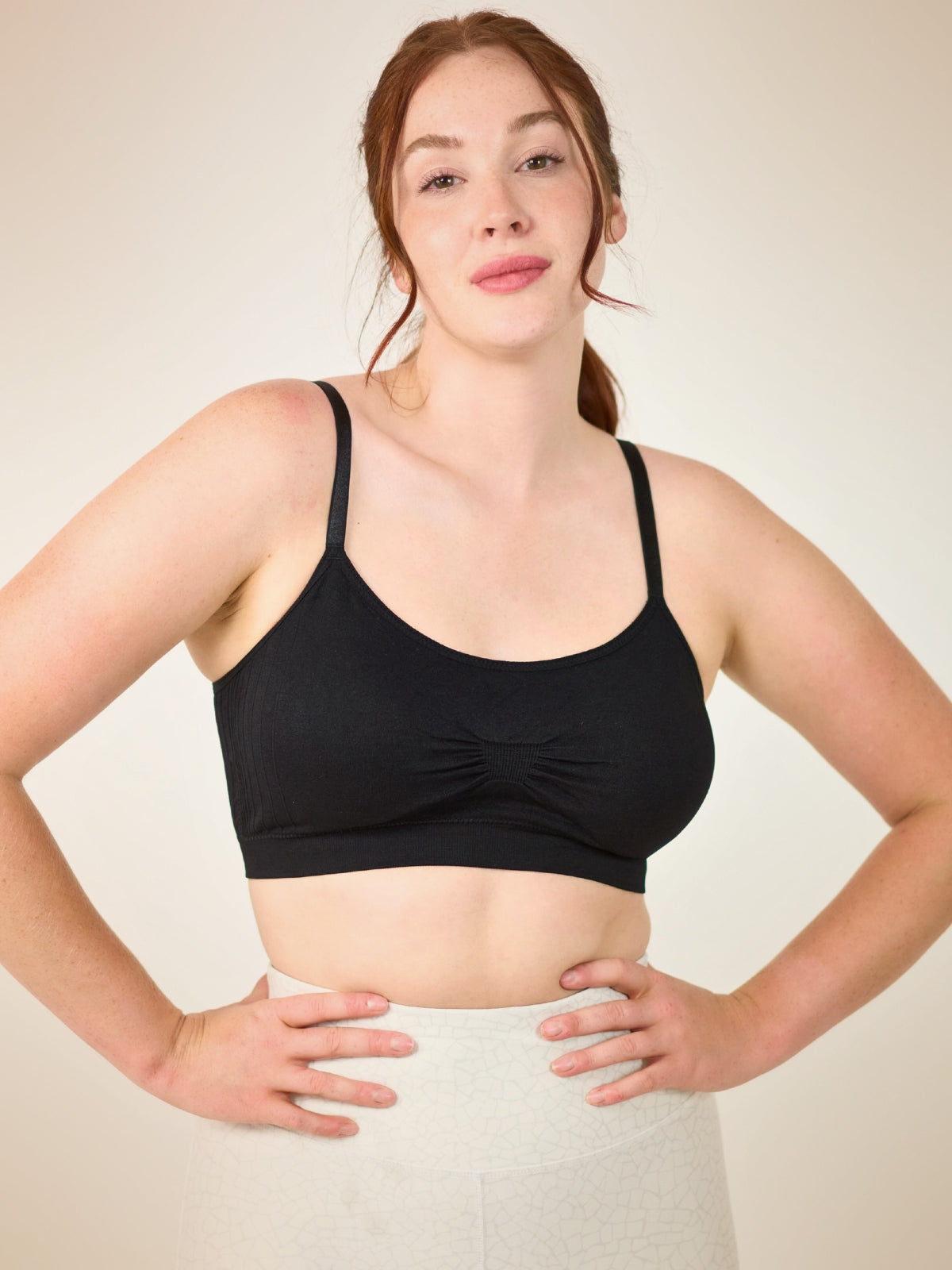




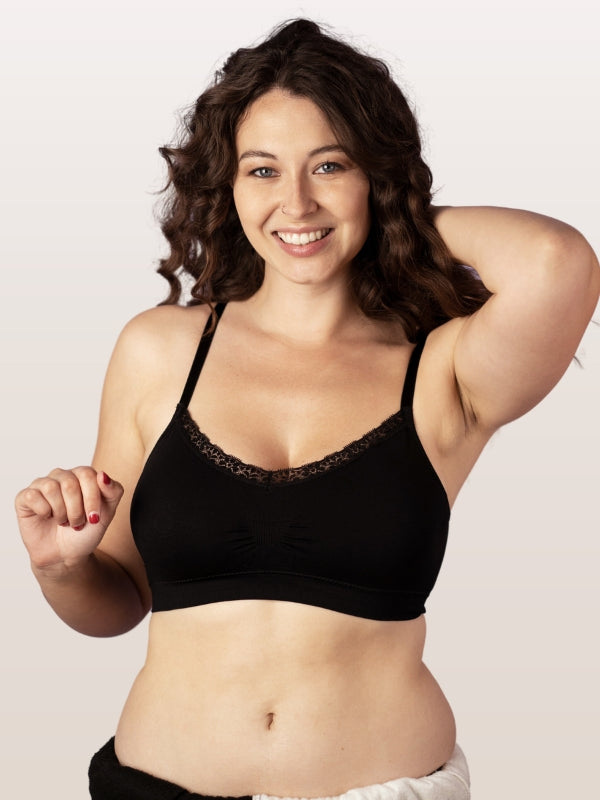




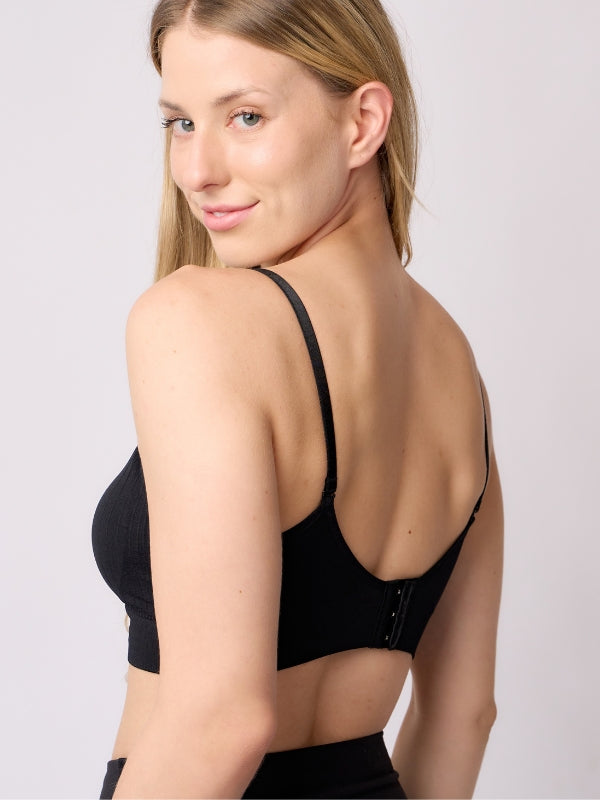









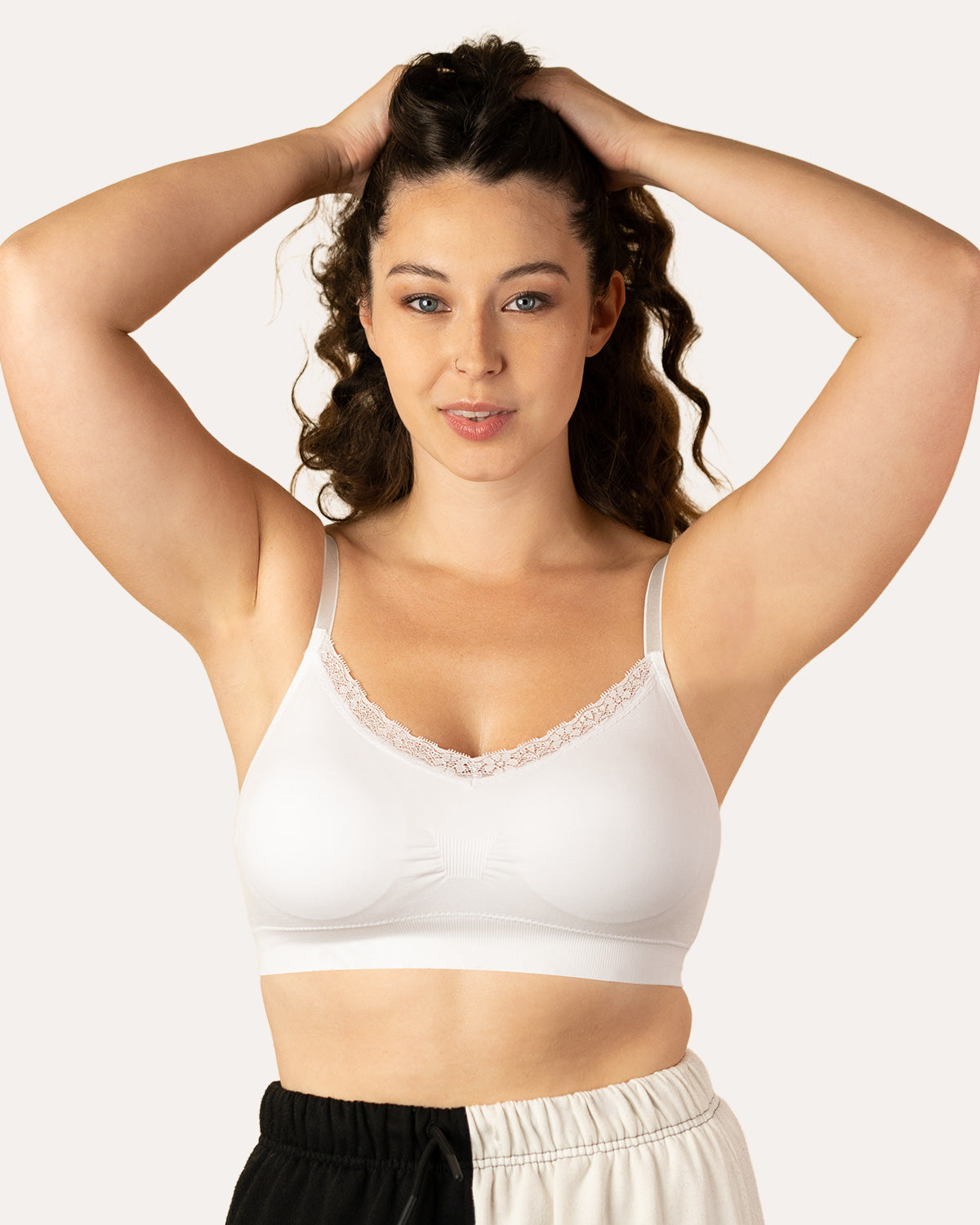




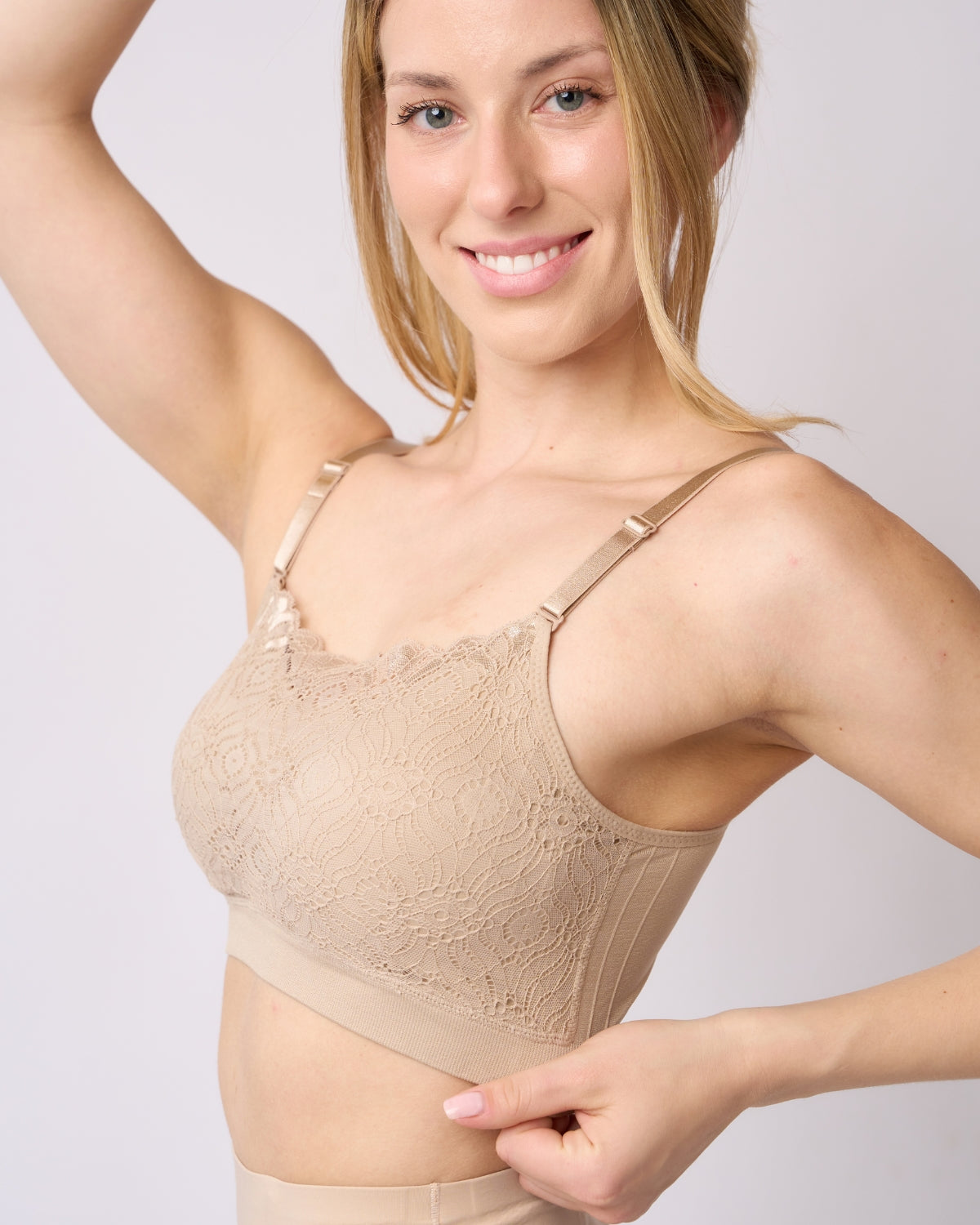


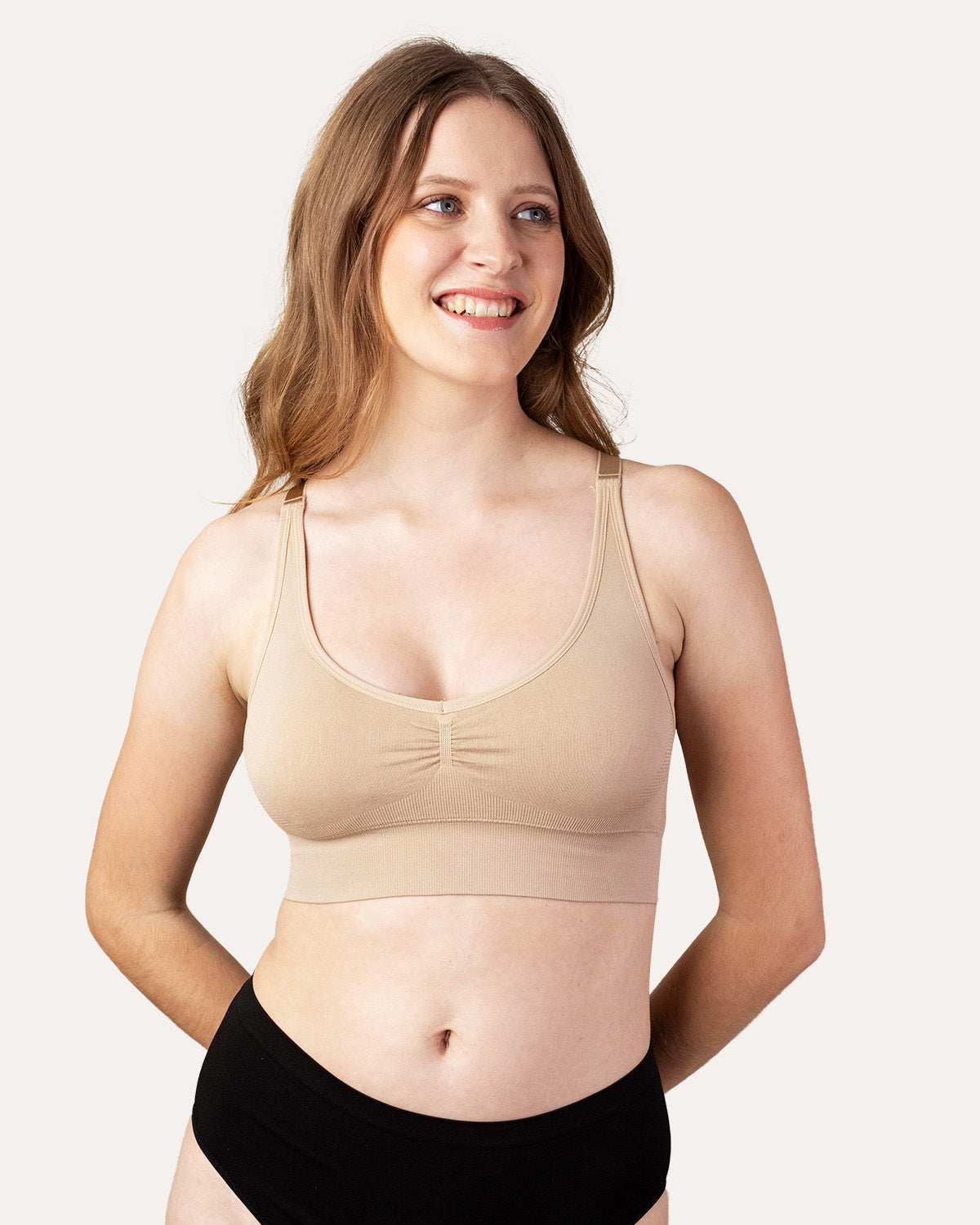
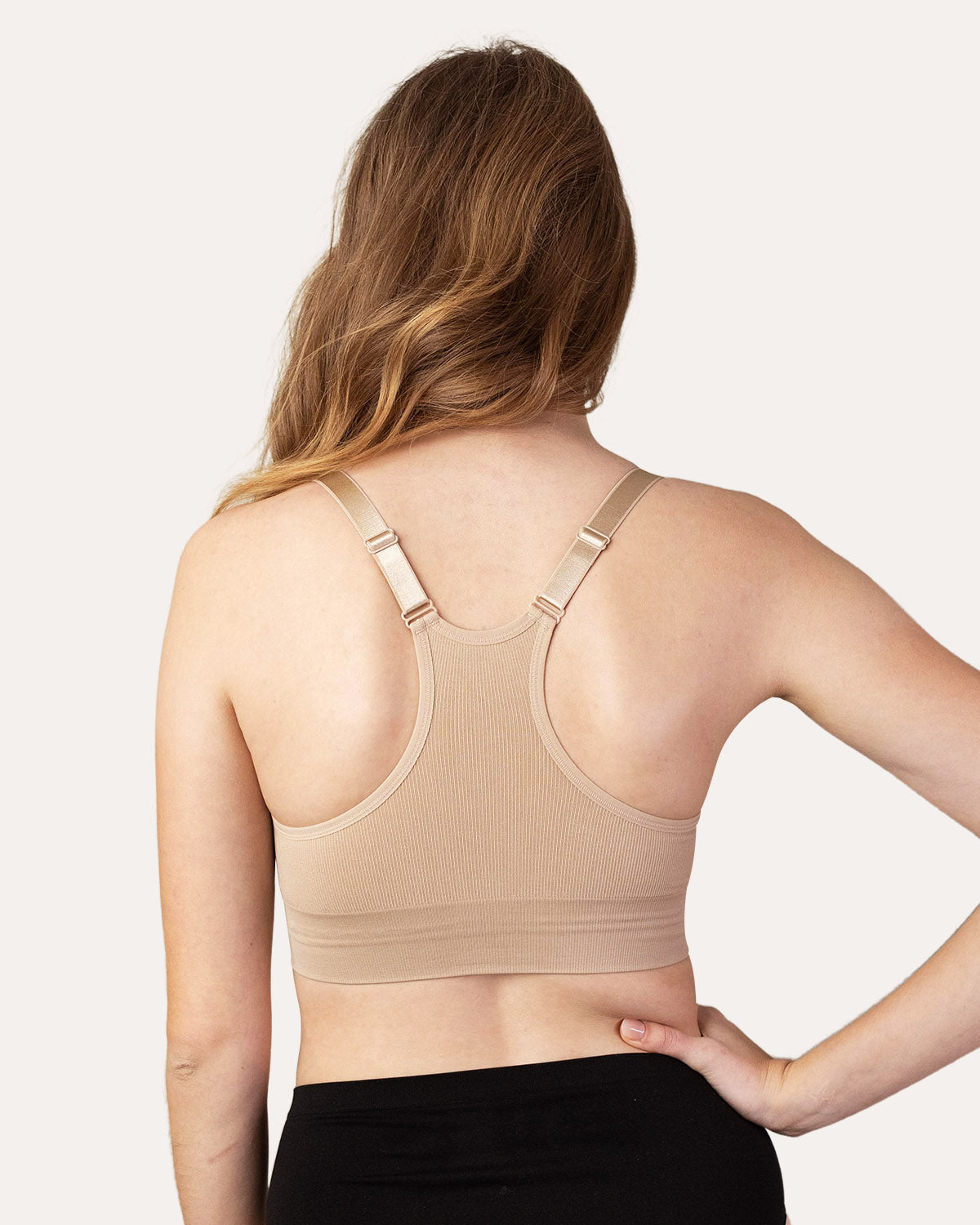
Leave a comment
This site is protected by hCaptcha and the hCaptcha Privacy Policy and Terms of Service apply.